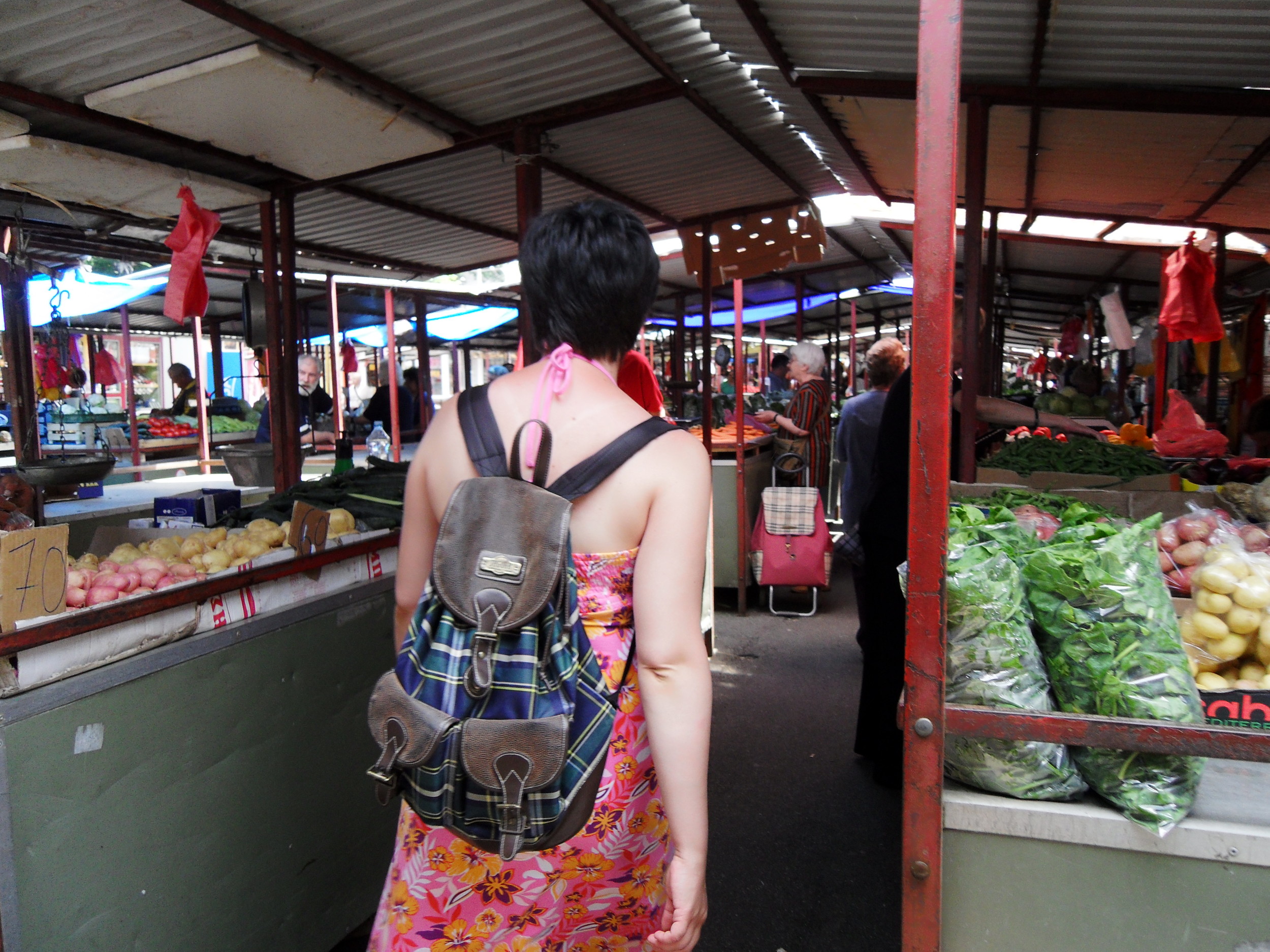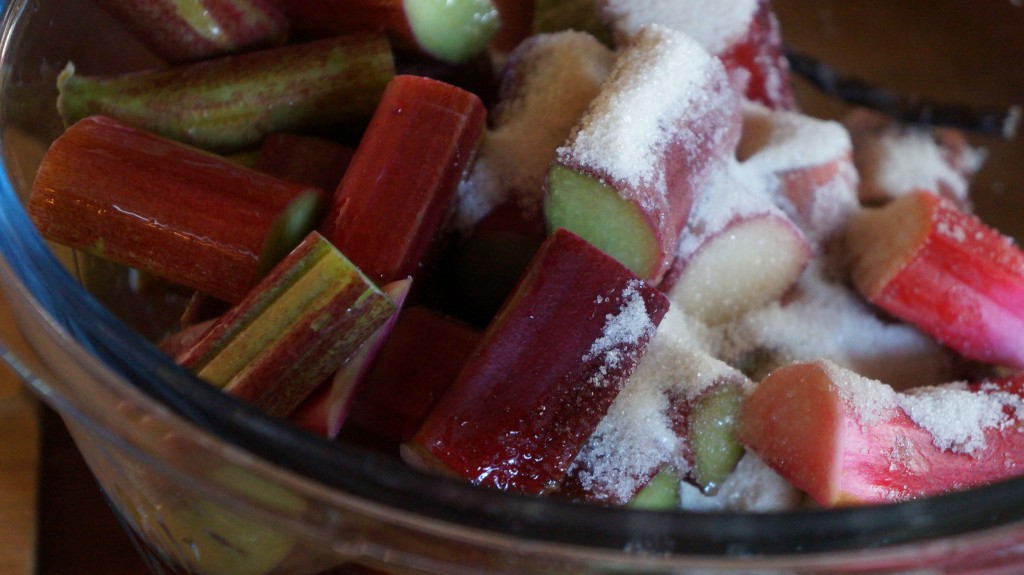Maggie Beer is a force to be reckoned with. With 9 cookbooks, this renowned Australian author believes in classic, wholesome cooking using simple, local ingredients. As I write about Beer, I can't help of think of her journey. It seems like she, and the other authors I've been blogging about, have been inspiringly ambitious and followed a passion that led to success. In Beer's case, starting a pheasant-based farm shop led to opening a restaurant when she realized the shop alone wasn't quite paying the bills. Similarly, Tim and Darina Allen went from farm shop to cooking school when they, too, realized that the direct sale of their farm's goods was not quite enough.
One has to then consider the current price of food. People are slowly beginning to catch on that the price of food is still too low – not the other way around! For the amount of work that needs to be done, versus the expectations people have for food costs often means a degradation of quality in food.
Here's a brilliant 3min video explaining the True Cost of Food:
Verjuice is one Beer's favourite ingredients.
For those who don't know what it is, it is the juice of tart young grapes that are then stabilized with alcohol. You can juice the grapes yourself if you have a vine but if you pick them and they don't make your mouth pucker, they are too ripe. When you make it yourself, you can make the quantity you'd like without the addition of alcohol, but it won't keep. So, freeze the young grapes and juice them as needed if you can't find this delicate ingredient.
It is intended to add a piquancy with a subtle hint of grape in the background. As you can see by the recipes I've delved into below from her book Maggie's Table (2001), it can be used in sweet or savoury dishes, as is (ie. in a salad dressing), cooked down to deglaze a roasting pan of poultry or caramelized to use with sweet treats.
~~~~~
Slow Cooked Lamb Shanks with Verjuice, Preserved Lemon, Bay
17 cloves garlic 8 milk-fed lamb shanks 12 sprigs rosemary Extra-virgin olive oil 5 quarters preserved lemon 8 bay leaves 500 ml verjuice 1 teaspoon peppercorns 1 teaspoon sea salt
Preheat the oven to 120C.
Finely chop 3 of the garlic cloves and put them into a heavy-based non-reactive pot with the shanks, rosemary and a splash of olive oil. Brown the meat on the stove over a low heat, turning it regularly. Remove the pulp from the preserved lemons, then rinse the rind and cut each piece in half.
Put the preserved lemon and remaining ingredients into the pot with the shanks and stir to mix. Cover the pot with a lid, then bake very slowly or 4 hours
Served with Freekah Salad: A Mediterranean toasted grain-based salad.
~~~~~
~~~~~
Apple Tea Cake with Caramelized Verjuice Syrup
6 small Golden Delicious apples
Castor sugar
250 ml verjuice
¾ tsp ground cassia
Cake
100 g softened unsalted butter
100 g castor sugar
2 x 61 g free-range eggs
250 g unbleached plain flour
1 tsp bicarbonate of soda
1 tsp cream of tartar
1⁄2 tsp salt
125 ml milk
1 tsp pure vanilla extract
Caramelized verjuice syrup
250 ml verjuice
240 g castor sugar
300 ml reserved apple cooking syrup
Peel and core the apples, then cut them into eighths and put them into a saucepan with castor sugar and verjuice. Bring to a boil over a high heat, and gently stir until the sugar has dissolved. Turn off the heat and leave the apples in this light syrup for 10 minutes, then drain, reserving the syrup.
Preheat the oven to 180°C and grease and line a 22 cm spring form tin. To make the cake, cream the butter and castor sugar until pale and thick. Add the eggs one at a time, beating well after each addition. Sift the flour, bicarbonate of soda, cream of tartar and salt and add alternately to the egg mixture with the milk and vanilla extract. Spoon the batter into the prepared tin. Arrange the apple on the top in a concentric pattern, pushing the pieces into the batter slightly. Mix 2 teaspoons of castor sugar and the ground cassia and sprinkle evenly over the top. Bake for 45 minutes or until a skewer inserted into the centre of the cake comes out clean. Let the cake stand for at least 10 minutes before removing the tin.
While the cake is cooking, make the syrup. Have iced water ready in the sink or a large bowl. Bring the verjuice and castor sugar to a boil in a saucepan and cook until a deep, golden brown. Remove the caramel from the heat and cautiously add the reserved apple cooking syrup – the mixture may spit a little. Stand the saucepan in the iced water immediately to arrest the cooking, then pour into a jug ready to serve.
To serve, brush the warm cake with the syrup. Put a wedge of warm cake onto each plate (one with a gentle lip is best), then ladle over the syrup and offer with a hearty dollop of thick cream.
~~~~~
You won't want to miss Maggie Beer's cookery demonstration at this year's LitFest!
























